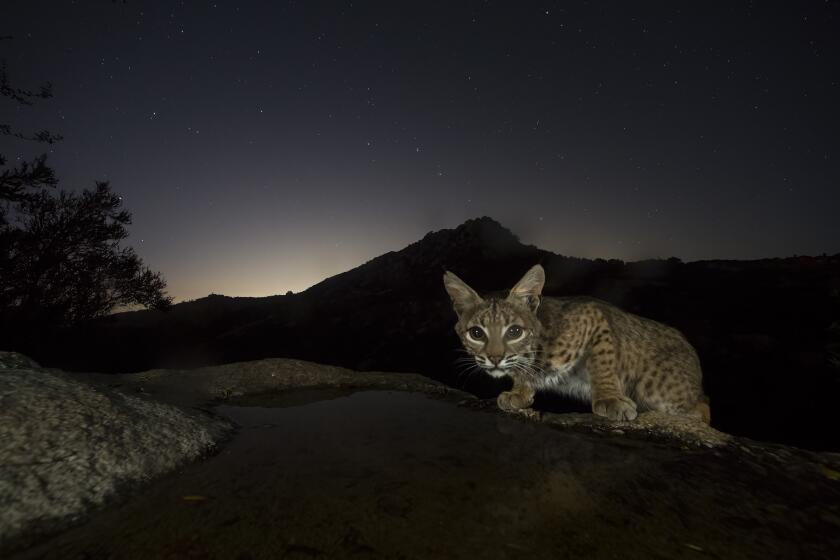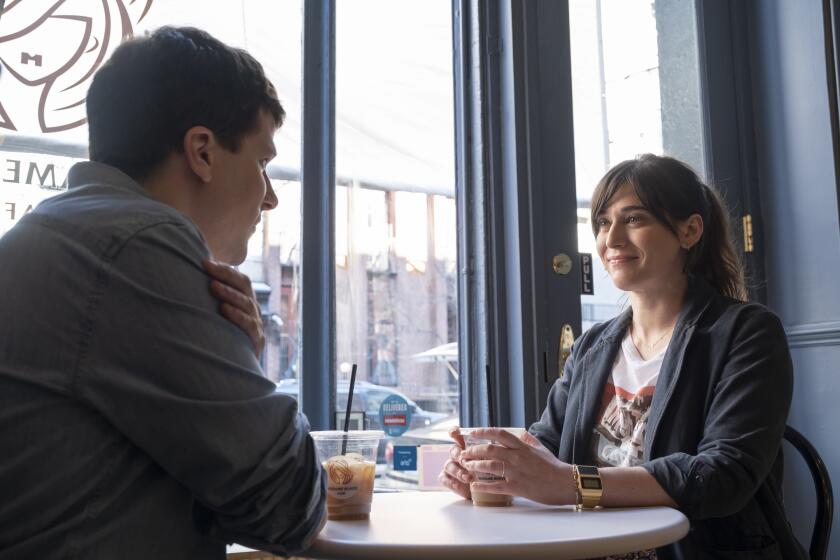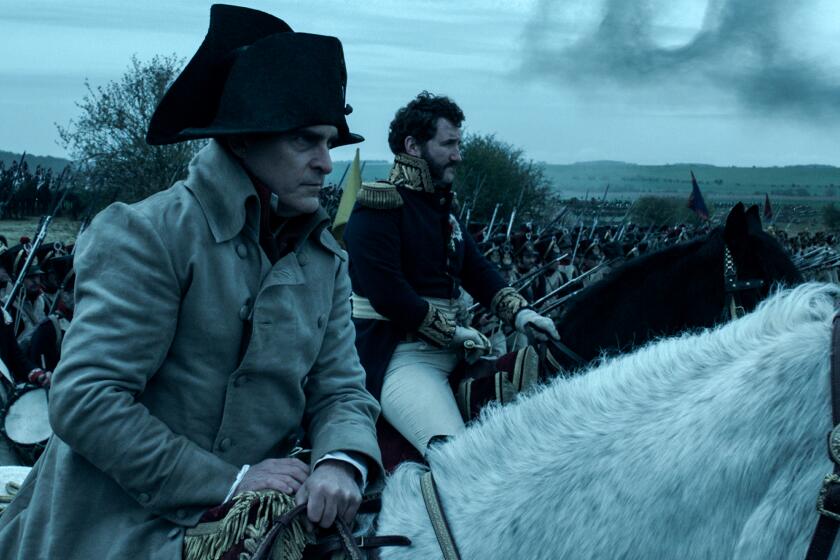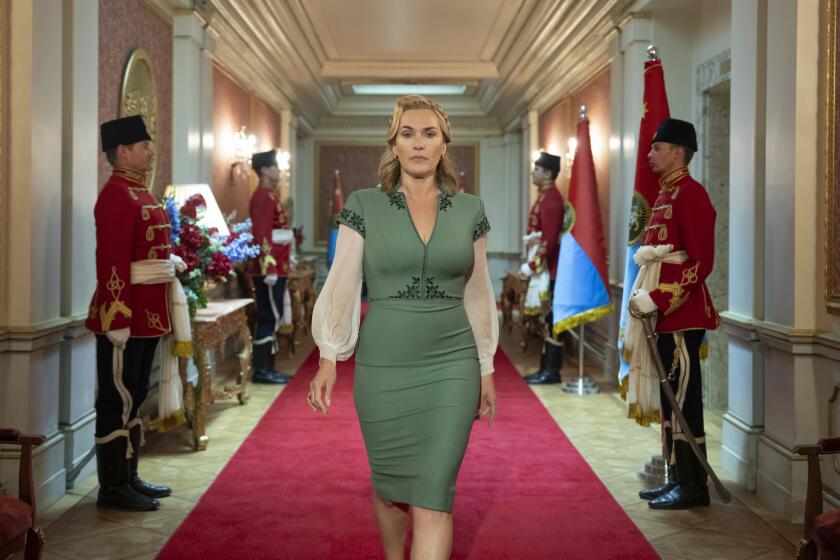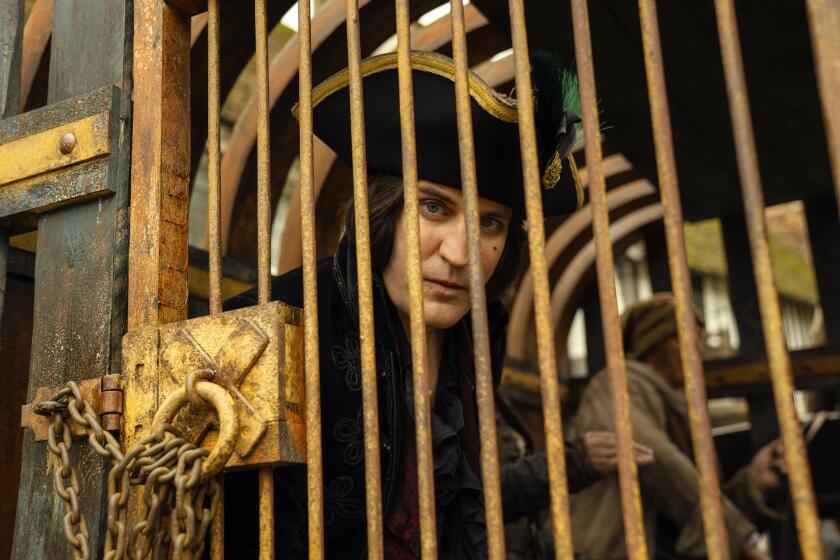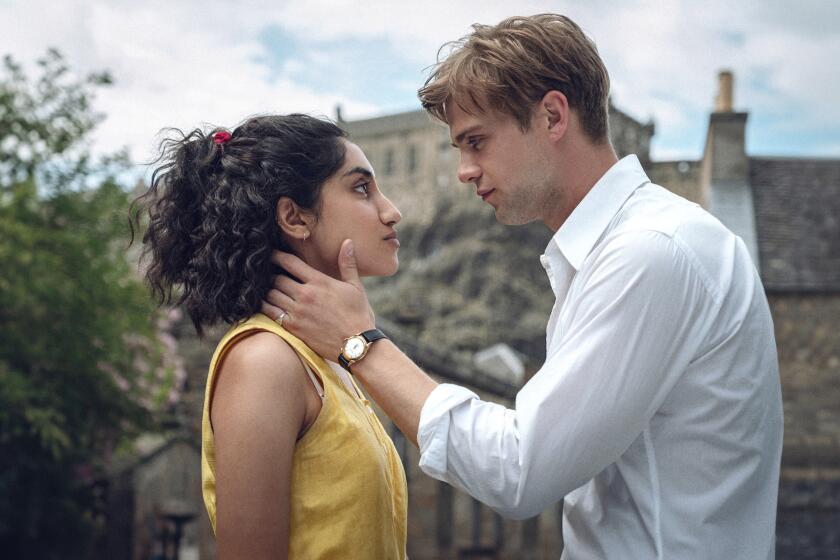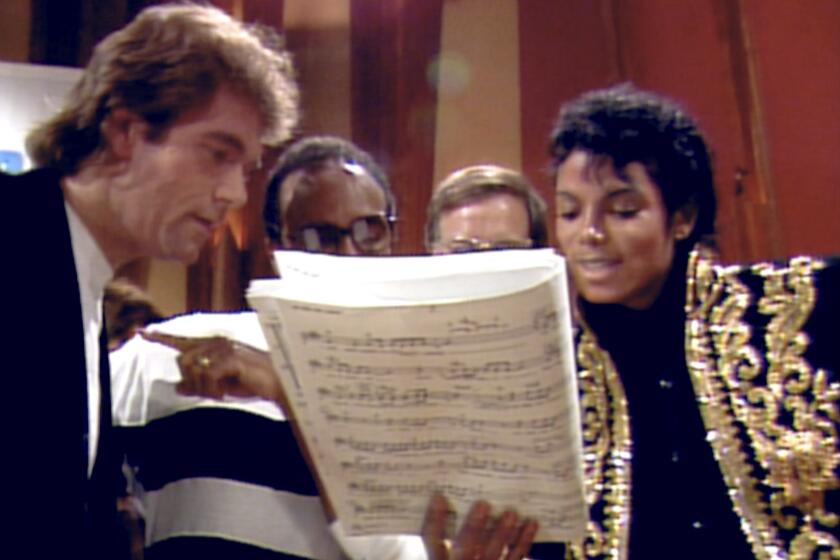Column: Pioneering Black photographer Gordon Parks gets his due in a powerful new HBO documentary
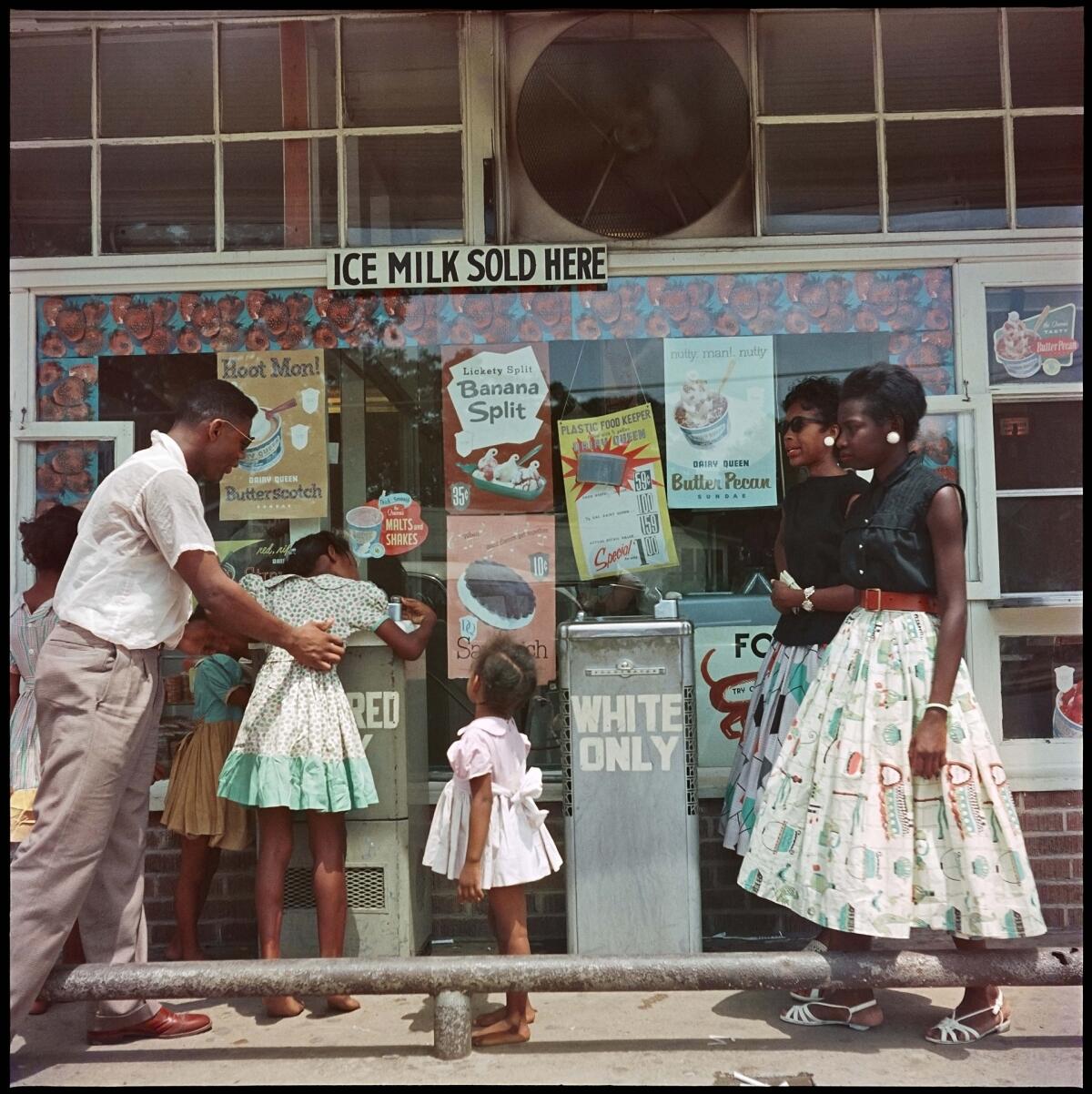
HBO’s ‘A Choice of Weapons: Inspired by Gordon Parks’ features interview with Ava DuVernay, Kareem Abdul-Jabbar and many others
Gordon Parks was the first Black photographer hired by Life magazine. He was a pioneering photojournalist, a film director (“Shaft,” “The Learning Tree”), a best-selling novelist and a composer.
Parks was also a fighter. Whether he was photographing socialites, gangsters, civil rights icons or movie stars, Parks used his art as a megaphone, pulpit, magnifying glass and spotlight, all in an ongoing battle against the prejudices and snap judgments that stand between us and the truth.
Parks the fighter is the focus of “A Choice of Weapons: Inspired by Gordon Parks,” a new documentary that debuted on HBO this week. The 90-minute film from director John Maggio (“The Newspaper Man: The Life and Times of Ben Bradlee”) is less interested in chronicling Parks’ life than it is in looking at the way his art and career changed other people’s lives.
Through interviews with famous devotees (filmmaker Ava DuVernay, sports icon Kareem Abdul-Jabbar); critics (Jelani Cobb of the New Yorker); and up-and-coming young photographers (Devin Allen, LaToya Ruby Frazier), “A Choice of Weapons” takes a deep and insightful dive into Parks’ groundbreaking body of work. Keep your remote handy, because you will want to take a second look at every indelible frame.
Parks’ astounding life ended when he died in 2006 at the age of 93. But for the artists and activists who followed in his footsteps, his seismic impact is as jolting as ever.
“He defined himself on his own terms,” says photographer Frazier, best known for “Flint is Family,”her 2016 photo essay on the water crisis in Flint, Mich. “Those photographs are what enabled me to save my own life.”
Born in 1912 in Fort Scott, Kansas, Parks made a life out of defying expectations. He didn’t have any other choice.
The youngest of 15 children, Parks was left to his own devices early. After his mother died, and the relatives who were supposed to take care of him threw him out of the house, the teenage Parks had to find work wherever he could get it. He played piano in a brothel, toured as a semi-professional basketball player, and worked as a waiter on a train running between Chicago and Seattle.
It was during one of his train treks that Parks saw a magazine featuring the iconic pictures of migrant workers taken by Dorothea Lange, Ben Shahn and other photographers working for the Farm Security Administration. A spark was lit. Parks bought a camera in a pawn shop, and within a few months, the self-taught photographer was getting professional work.
By the time Life hired him in 1948, Parks had worked as an apprentice with the Farm Security Administration and as a correspondent for the Office of War Information. He had also photographed women’s fashion for Vogue magazine.
You won’t hear much about those early days in “A Choice of Weapons,” but you will hear and see plenty about the visionary decades that followed.
Parks was Life’s only Black photographer through times of segregation, racial strife and civil rights victories, and it was his ability to tell the diverse stories of Black Americans that made his work resonate far beyond the newsstand.
Park’s photo essays took on all of the issues and people of the day, including the ones not everyone wanted to talk about. That meant everything from discrimination and segregation in the deep South, to crime in the city from the side of the criminals and the police, the life of a Harlem family, the challenges of being Muhammad Ali, and the rise of the Black Muslim movement.
“It’s the idea of, ‘If I pick up my camera, I can say something and show something, and I will be heard, and it will be seen and a story will be told,’” says DuVernay, who kept Parks close to her mind and heart when she made 2014’s Oscar-nominated “Selma.”
In its determination to show as much of Parks’ work as possible, “A Choice of Weapons” cycles through images at such a rapid clip, it’s hard to appreciate them all, much less feel their power. The documentary is at its best when it slows down long enough to let one of its experts linger over Parks’ genius for capturing emotionally charged moments with such intimacy.
Devin Allen was an aspiring photographer when his shot capturing a charged moment from Baltimore’s Freddie Gray protests in 2015 ended up on the cover of Time magazine. He learned about photography from poring over Parks’ books at Barnes & Noble, so when he talks passionately about the way Parks tapped into Muhammad Ali’s humor and humanity, or his ability to tell nuanced stories with no words at all, you are reminded that Parks’ legacy can be seen and felt when we need it most.
Which is right now.
“He could tell both sides of the story,” Allen says. “As the artist, we are the medium between opposing sides, and we are the only ones that can actually create that narrative and start a conversation.”
“A Choice of Weapons: Inspired by Gordon Parks” airs on HBO and streams on HBO Max.
Get U-T Arts & Culture on Thursdays
A San Diego insider’s look at what talented artists are bringing to the stage, screen, galleries and more.
You may occasionally receive promotional content from the San Diego Union-Tribune.





